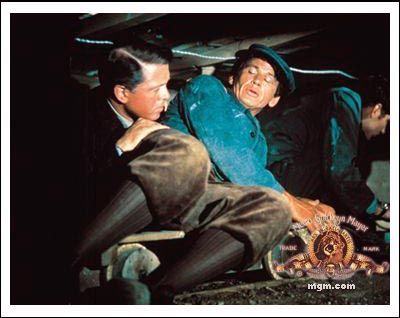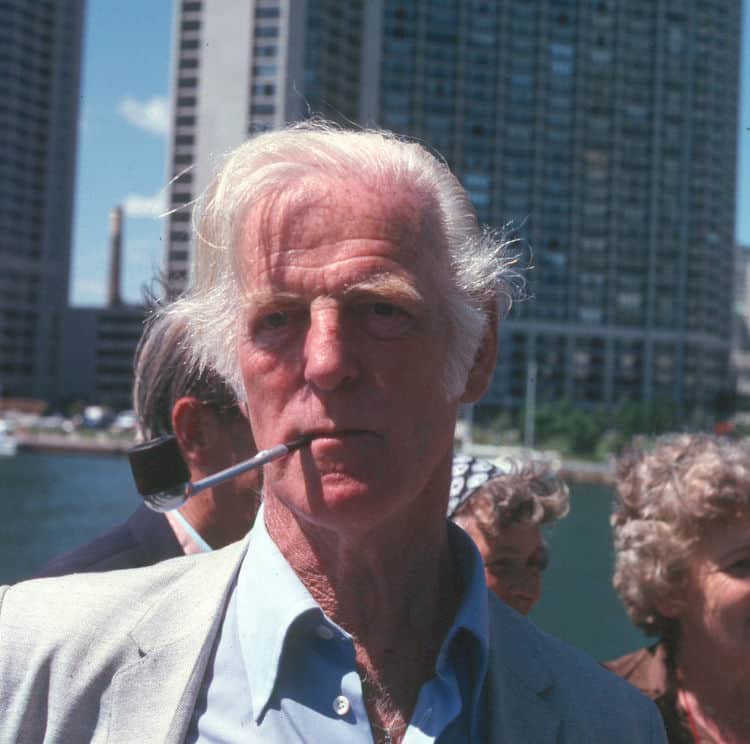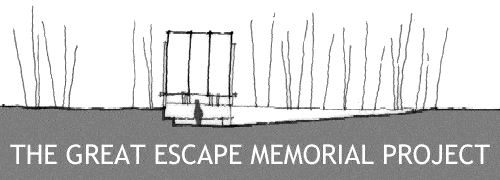 A board game based on The Great Escape is currently in production. Details can be seen at http://www.stalagluftiii.co.uk/. There is also a forum on the game at http://stalagluftiii.proboards28.com/index.cgi.
A board game based on The Great Escape is currently in production. Details can be seen at http://www.stalagluftiii.co.uk/. There is also a forum on the game at http://stalagluftiii.proboards28.com/index.cgi.Click here to go to an excellent account of the "Great Escape". This link also includes details of what happened to those escapees who were executed by the Gestapo on Hitler's orders.
Ken Rees (Wng/Cdr RAF Retired) was in the tunnel when it was discovered, and never made it out. His story has been published as "Lie in the Dark and Listen" and covers his whole wartime RAF career from when he joined up at 19 years of age, and his time in Stalagluft III after he was shot down in October, 1942. Details can be see HERE. His book is certainly worth reading as well. His book also includes a reference to the "legendary" parties that used to be held in Block 103 (my block)as excerpted HERE.
Other excellent links on the details of Stalagluft III and THE GREAT ESCAPE can be seen at the following Sites http://www.b24.net/pow/greatescape.htm. and http://www.um.zagan.pl/luft3/
 A board game based on The Great Escape is currently in production. Details can be seen at http://www.stalagluftiii.co.uk/. There is also a forum on the game at http://stalagluftiii.proboards28.com/index.cgi.
A board game based on The Great Escape is currently in production. Details can be seen at http://www.stalagluftiii.co.uk/. There is also a forum on the game at http://stalagluftiii.proboards28.com/index.cgi.
| The Film "The Great Escape" is also a fairly accurate representation of what happened (with the notable exeption of Steve McQueen's motorbike sequence) and is well worth watching. Except for Roger Bushell (Big "X") the characters in the film were mostly constructed from composites of actual participants. |  A still from the film taken in the tunnel during the escape sequence. |
| Lee Kenyon also made a graphic record of the tunnel while it was being constructed. Copies of his remaining portfolio can be seen HERE. Signed copies of this portfolio were presented at the 1977 Reunion. | |
 | Lee Kenyon at the 1977 Canadian Reunion |

A committee has now been formed towards creating a permanent memorial and chapel in commemoration of the escape and the fifty men who were assassinated by the Gestapo. Click the above figure or HERE for complete details and to see how you might contribute.
Click HERE to go to an article about the proposed design published in the September 26, 2002 edition of the Calgary Herald.
If you have a fast machine you can click HERE to view a film that was made at todays museum. Plug in your audio and click on "Sagan Film" on the next screen and wait a short time for it to download.
The one hundred and twenty-four Officers on Stand-by to leave the Camp dispersed themselves within the Camp immediately upon the discovery of the tunnel ‘break-out’ by the Germans.
(I had hoped to include my father's memories of the activities surrounding this occasion. However, his health deteriorated significantly in 1998 and I was unable to obtain further details. He was still having flashbacks to his time in camp while he was in hospital prior to being transferred to the nursing home where he spent his final days unil late 1999. On one of my hospital visits during this period the nurses told me that he had hidden in one of the ward bathrooms. When I finally persuaded him to return to his bed he told me that he was trying to escape from the camp. He said that he had his escape supplies and map on him and was just waiting for his chance to avoid the guards. I found his "supplies" (several chocolate bars), his raft (the rubber mat from beneath his sheets) and map (a rolled up copy of that month's issue of the "National Geographic") when they dropped out of his pyjama leg as I led him back to his bed. I know that he still weeps whenever he thinks of all the friends that he lost to the Gestapo assassinations that resulted from this heroic episode, and it obviously still affected him deeply even after so many years).
 Previous Section |  Go Back to Chapter Headings |  Next Section |